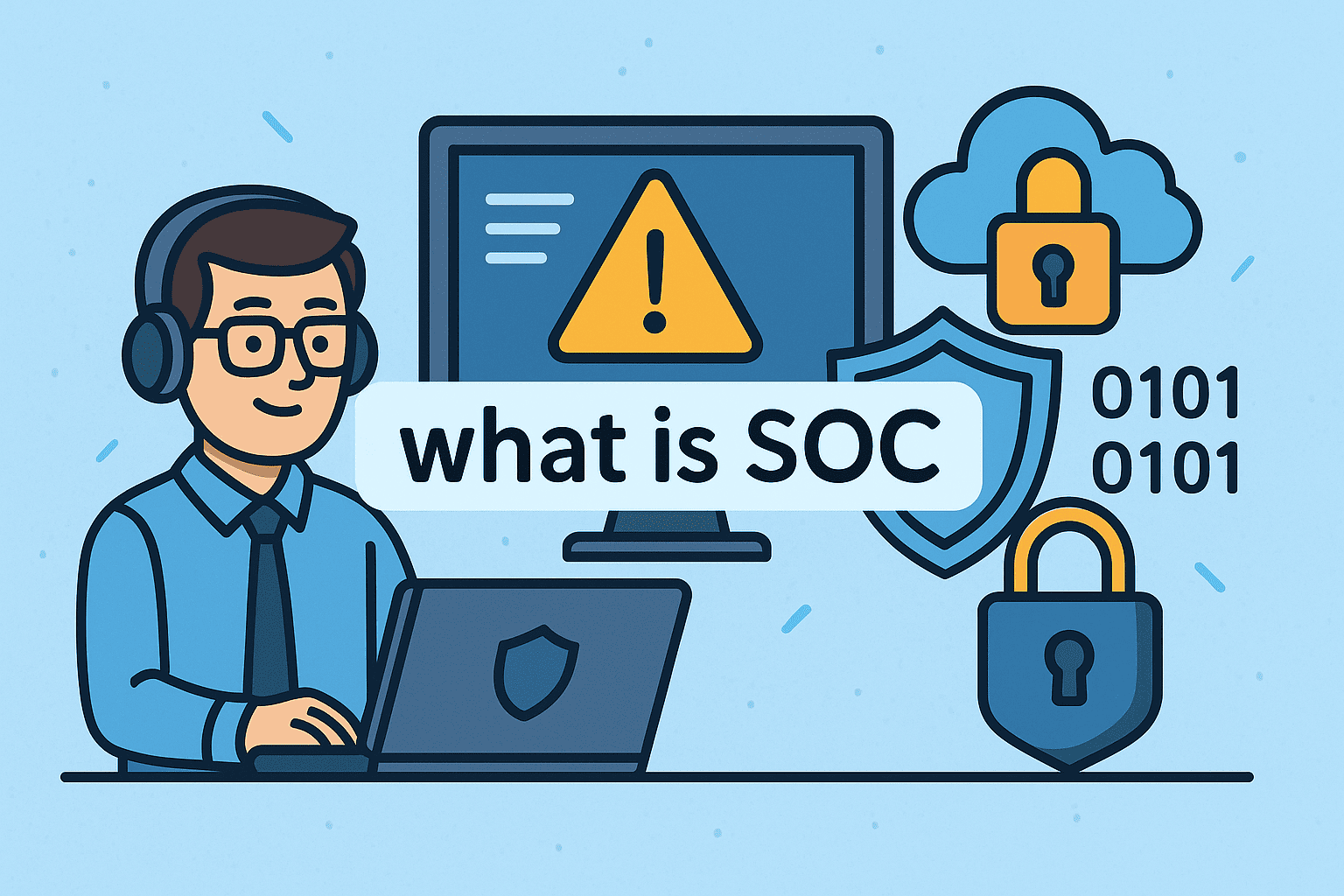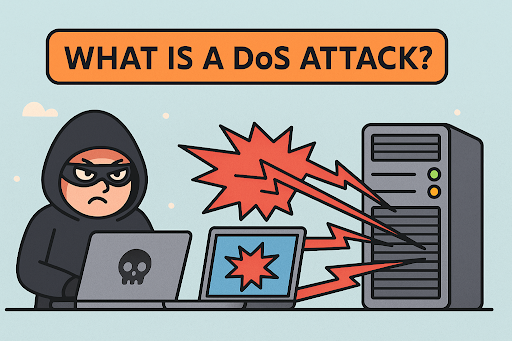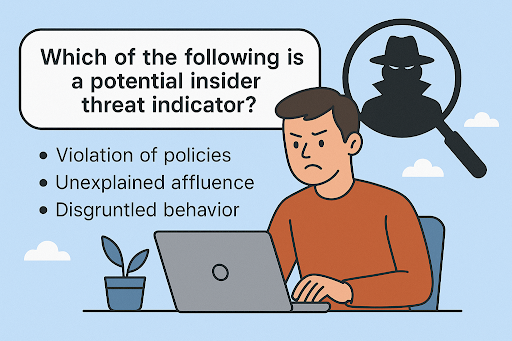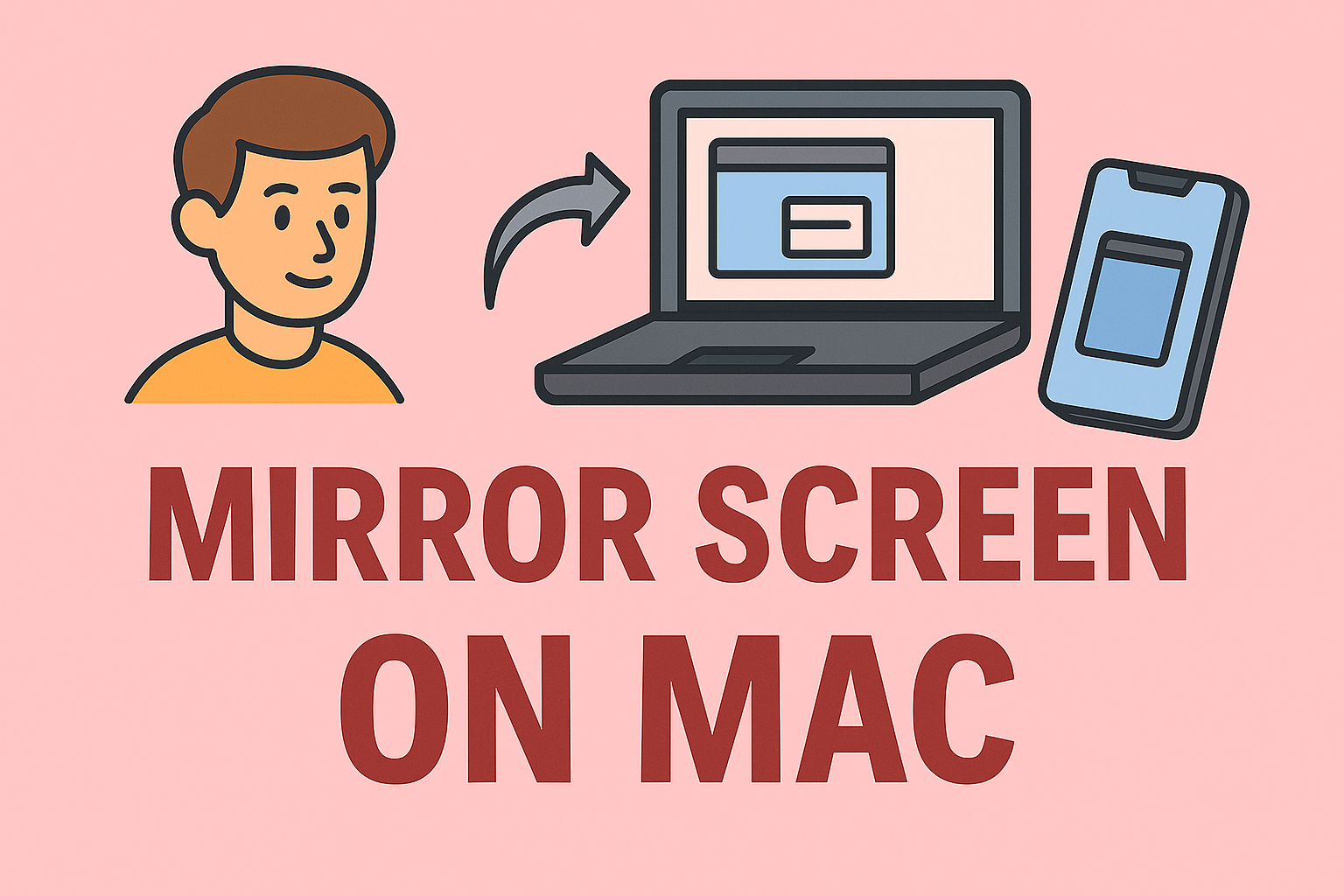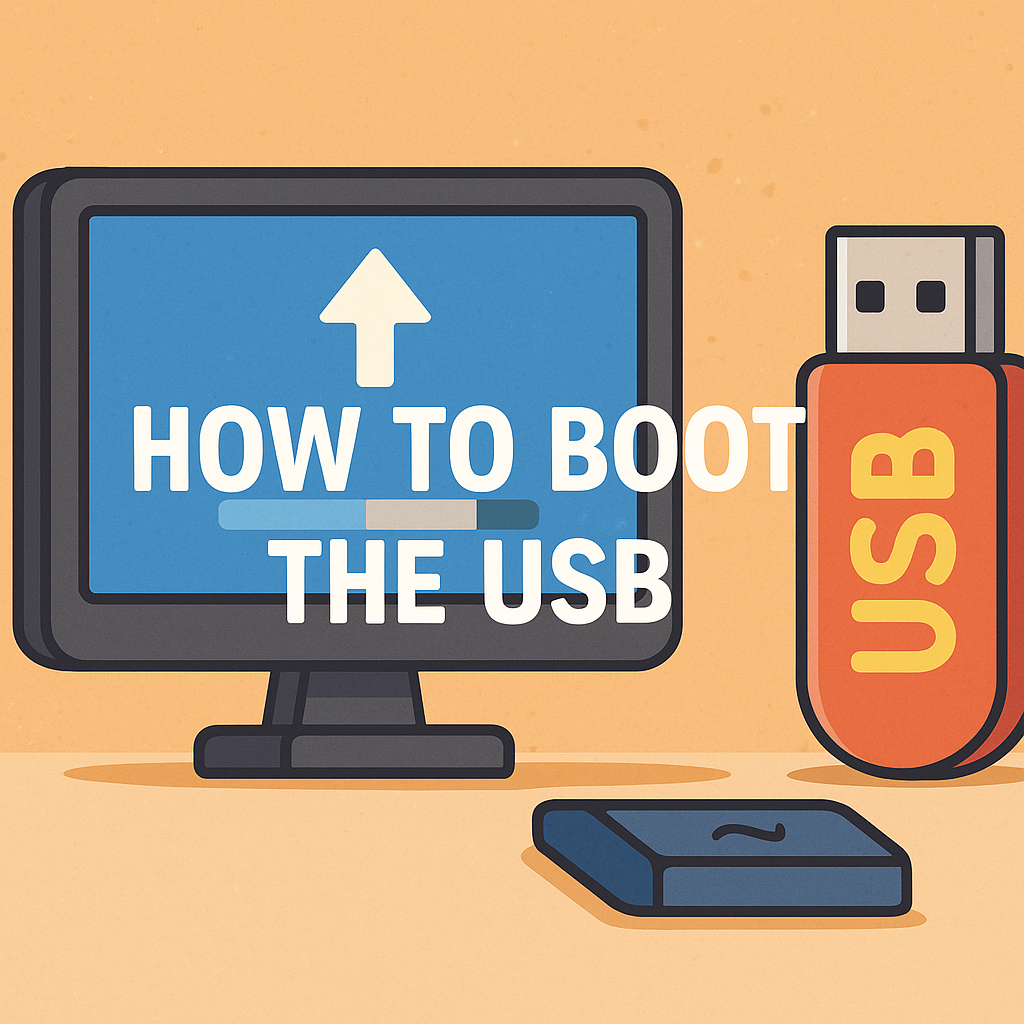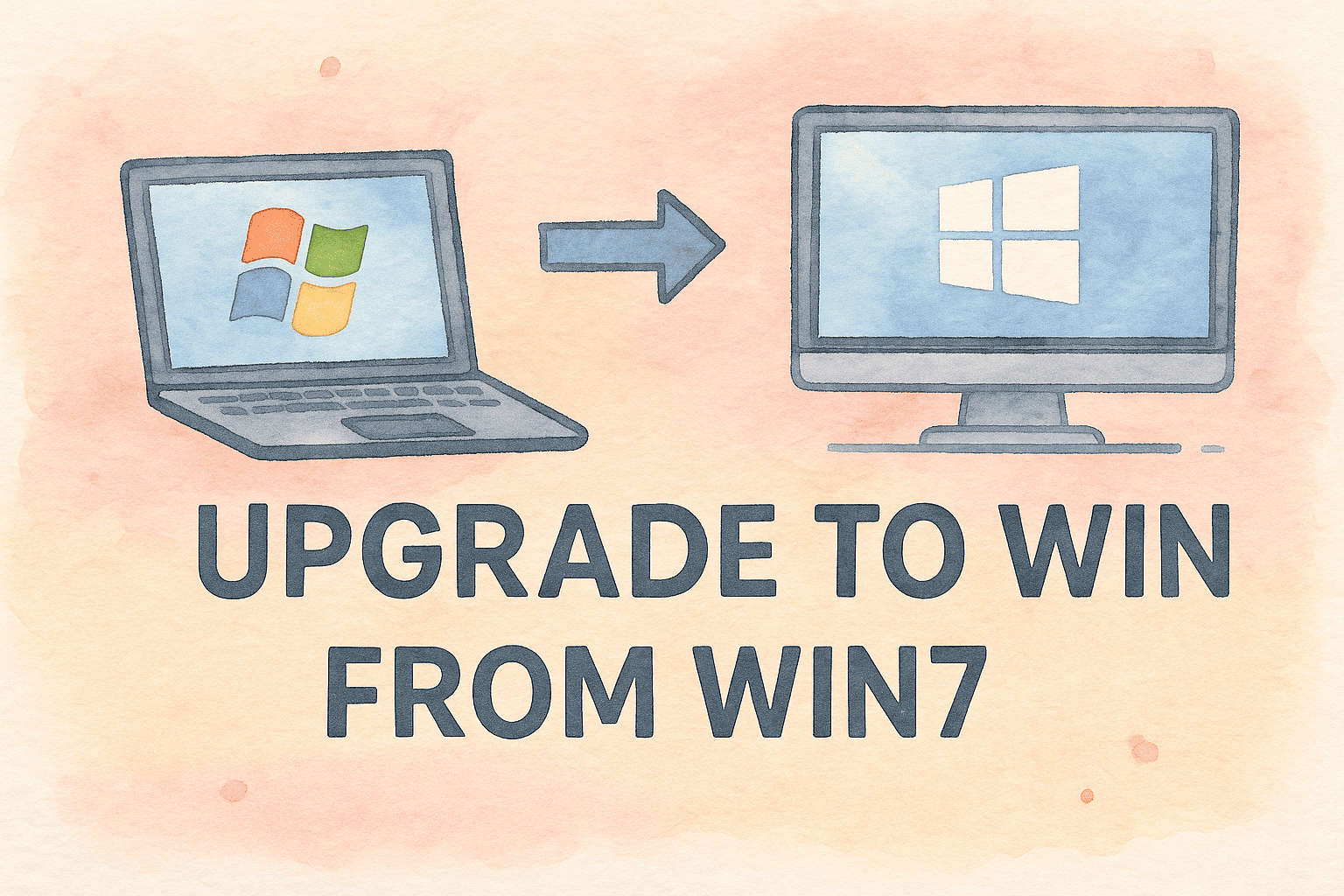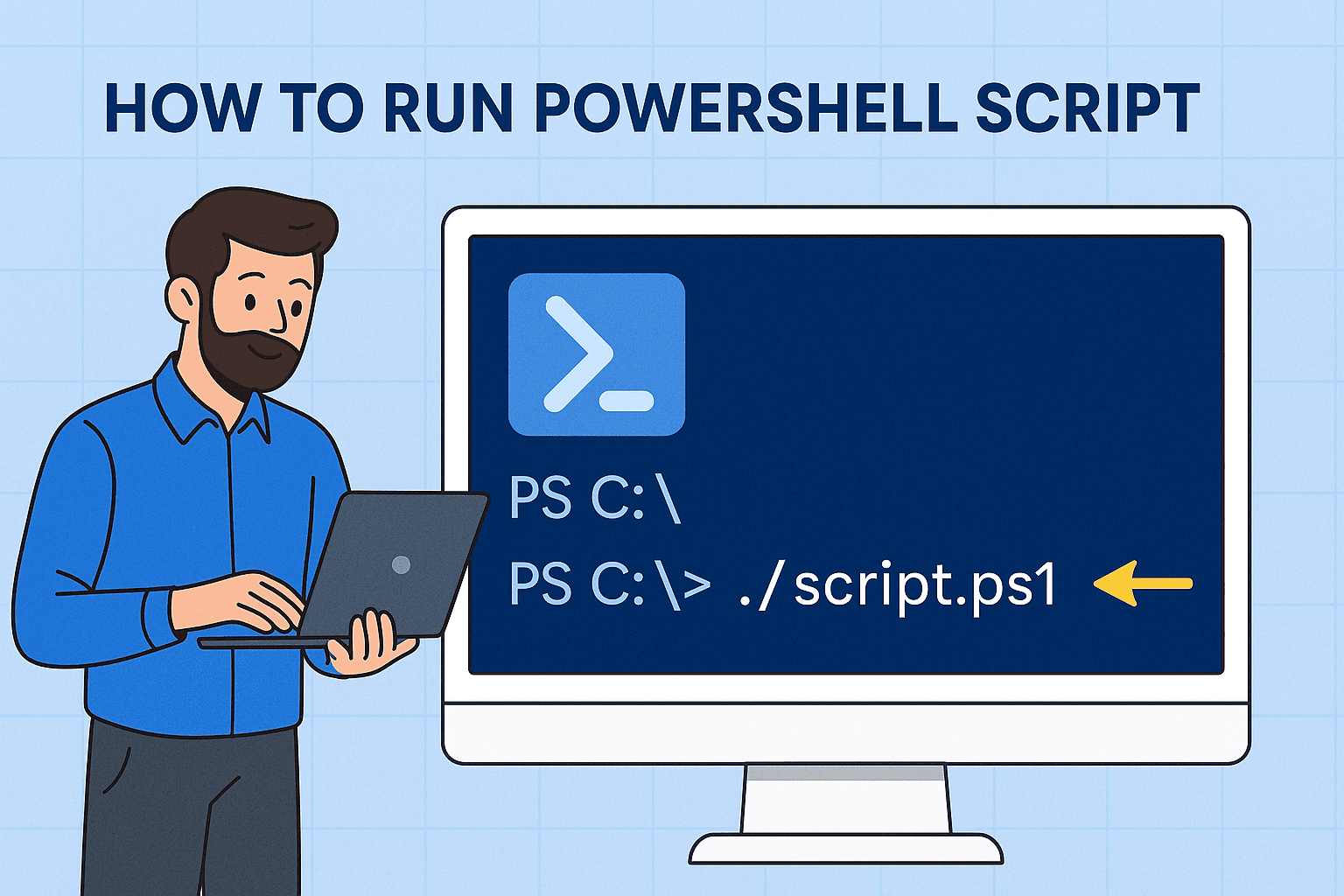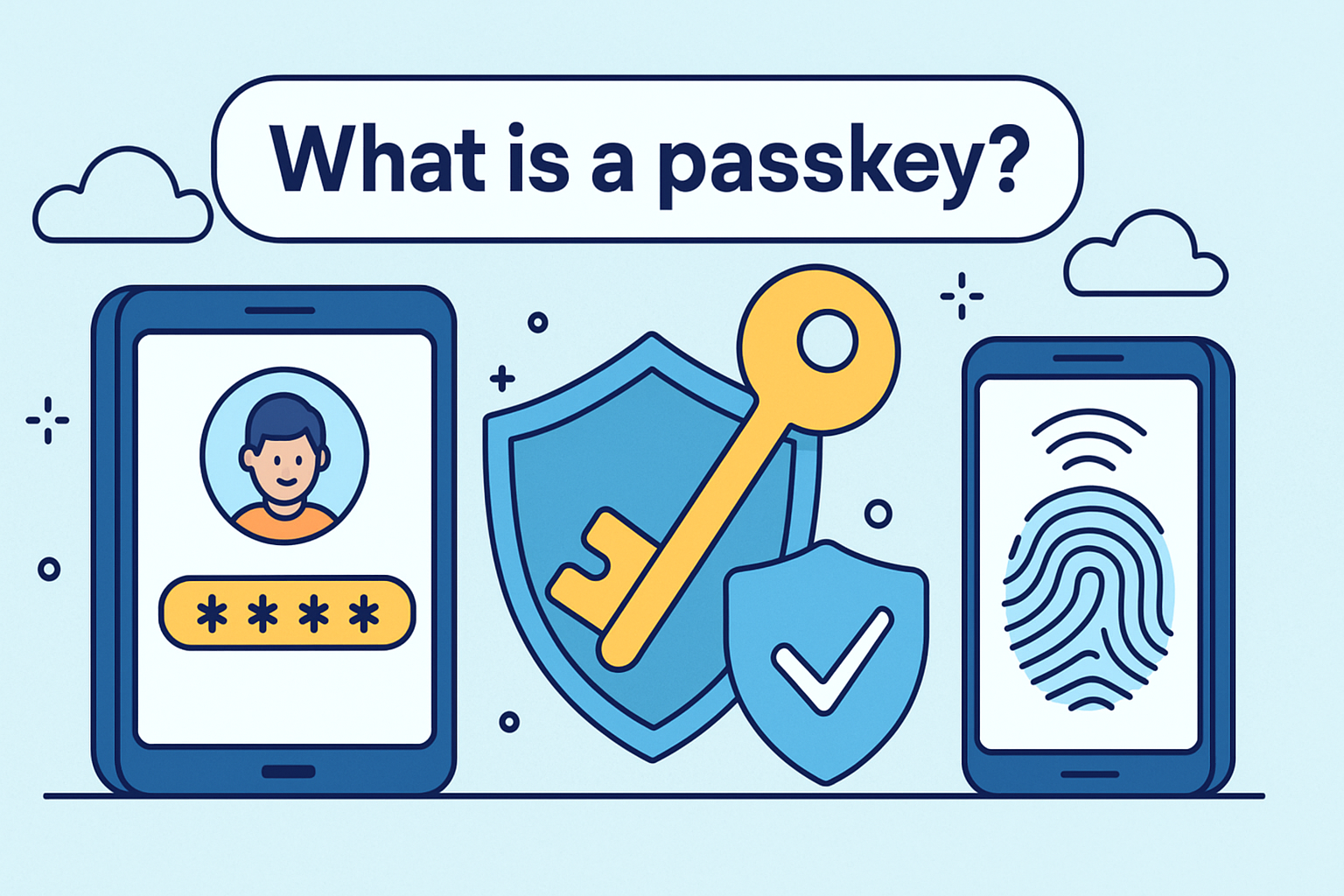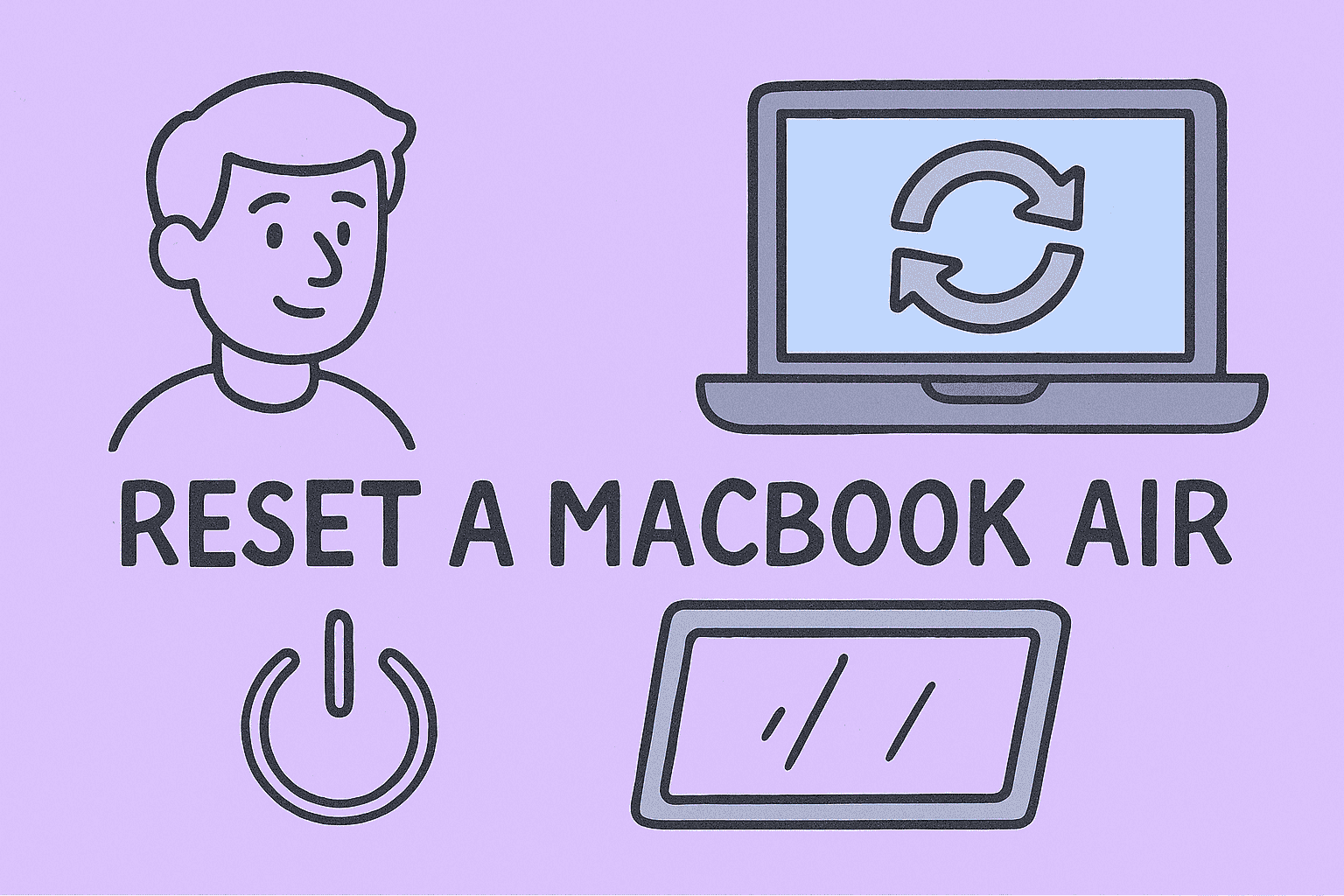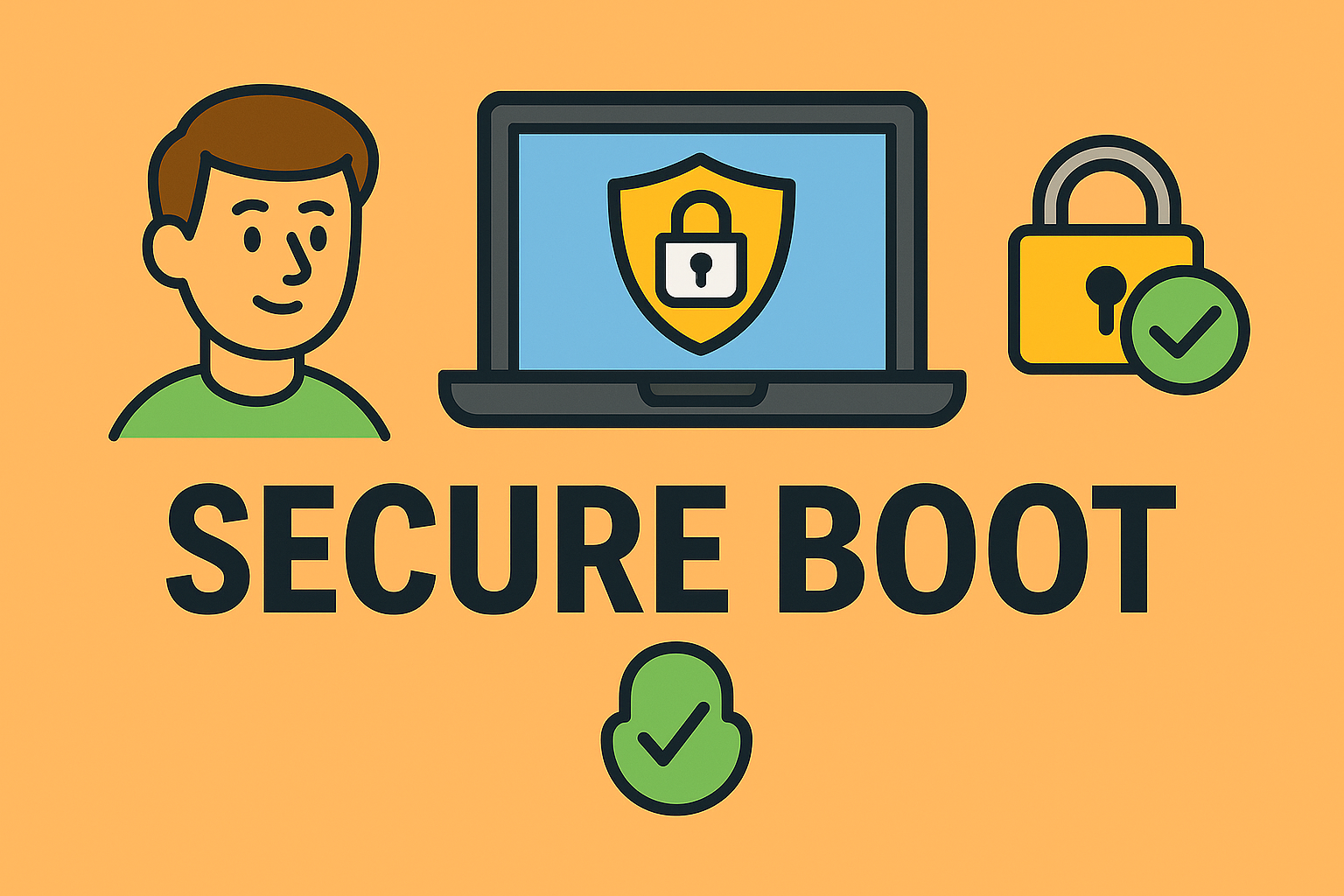What is a PowerShell Script?
Updated on July 23, 2025, by ITarian
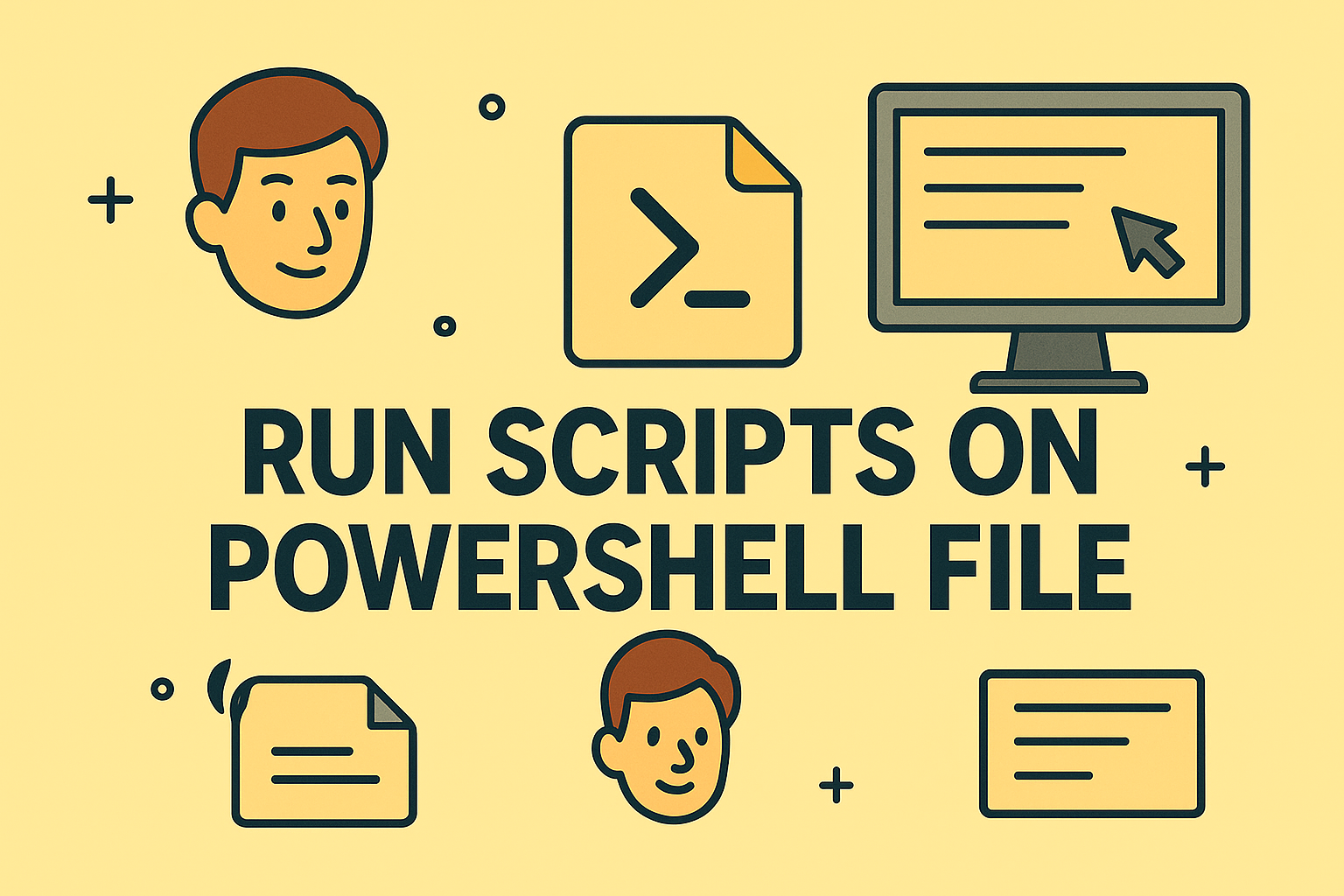
Managing multiple devices, automating tasks, or handling security configurations? Learning how to run scripts on PowerShell file is a game-changer for IT managers, cybersecurity professionals, and business leaders. PowerShell is a robust command-line tool that can simplify complex administrative tasks—but Windows by default restricts script execution for security reasons.
In this guide, you’ll discover how to run PowerShell scripts from file, execute PS1 file in PowerShell, and how to enable PowerShell scripts safely and efficiently.
A PowerShell script is a file with a .ps1 extension containing a sequence of PowerShell commands. These scripts automate repetitive tasks, making system administration faster and less error-prone.
✅ Example Use Cases:
- Automating system updates.
- Managing user accounts.
- Performing scheduled cybersecurity scans.
✅ Quick Fact: PowerShell scripts are widely used in enterprise environments to boost productivity and enforce security policies.
How to Run Scripts on PowerShell File (Quick Start)
Step 1: Open PowerShell
- Press Windows + X → Choose Windows PowerShell (Admin) or Terminal (Admin) in Windows 11.
Step 2: Navigate to Script Directory
Use the cd command:
powershell
CopyEdit
cd “C:\Path\To\Your\Script”
Step 3: Execute the Script
powershell
CopyEdit
.\yourscript.ps1
✅ Important Tip: Use .\ to indicate you’re running a local file.
Run PowerShell Script from File: Practical Examples
Example 1: Run Basic PS1 Script
powershell
CopyEdit
.\backup-files.ps1
Example 2: Run Script with Parameters
powershell
CopyEdit
.\create-user.ps1 -username “john” -role “admin”
Example 3: Bypass Execution Policy Temporarily
powershell
CopyEdit
powershell -ExecutionPolicy Bypass -File .\install-software.ps1
✅ Tip: Use temporary bypass only when necessary to avoid permanent policy changes.
How to Enable PowerShell Scripts
Windows blocks script execution by default to protect against malicious code. To safely run scripts, you must change the execution policy.
View Current Policy:
powershell
CopyEdit
Get-ExecutionPolicy
Change Execution Policy (Admin Rights Required):
powershell
CopyEdit
Set-ExecutionPolicy RemoteSigned
✅ Policy Types:
- Restricted – No scripts allowed.
- RemoteSigned – Local scripts allowed, downloaded scripts must be signed.
- Unrestricted – All scripts can run (not recommended).
✅ Best Practice: RemoteSigned is a safe balance for corporate environments.
Execute PS1 File in PowerShell Terminal (Windows 10/11)
You can execute PS1 file in PowerShell using either the traditional PowerShell console or the Windows Terminal.
Method 1: PowerShell Console
- Open PowerShell → Use the .\script.ps1 command.
Method 2: Windows Terminal
- Open Terminal → Select PowerShell Tab → Navigate and execute the script.
✅ Advantage: Windows Terminal supports multiple shells, making it ideal for IT professionals managing different environments.
How to Fix “Running Scripts is Disabled on This System” Error
If you see this error:
arduino
CopyEdit
File C:\script.ps1 cannot be loaded because running scripts is disabled on this system.
It means the execution policy is blocking your script.
Quick Fix:
powershell
CopyEdit
Set-ExecutionPolicy RemoteSigned -Scope CurrentUser
✅ Scope Tip: Using CurrentUser avoids changing the policy for other users.
Automate with Scheduled PowerShell Scripts
You can also schedule script execution:
- Open Task Scheduler → Create Task.
Action → New → Program/Script:
CopyEdit
powershell.exe
Add arguments:
arduino
CopyEdit
-ExecutionPolicy Bypass -File “C:\path\to\yourscript.ps1”
✅ Use Case: Great for automating backups, security reports, and daily IT tasks.
FAQs About Running PowerShell Scripts
1. Is it safe to run PowerShell scripts?
Yes, if you trust the script source and use proper execution policies.
2. How do I edit a PowerShell script?
Right-click → Edit with Notepad, or use Visual Studio Code with the PowerShell extension for syntax highlighting.
3. Can I run PowerShell scripts without admin rights?
Yes, but you may have limited permissions depending on the script’s functions.
4. How do I stop a running PowerShell script?
Press Ctrl + C in the terminal to interrupt execution.
5. What is the best practice for securing scripts?
Use code signing, restrict execution policies, and maintain scripts in secure storage like Git repositories.
Conclusion: Simplify IT Operations with PowerShell Scripts
Now you understand how to run scripts on PowerShell file, including running PowerShell script from file, executing PS1 files in PowerShell, and enabling PowerShell scripts securely. Automating routine tasks saves time, reduces human error, and boosts productivity in IT and cybersecurity operations.
✅ Take Control of Your IT Infrastructure: Automate your systems and improve endpoint security with Itarian—your comprehensive IT management solution.


